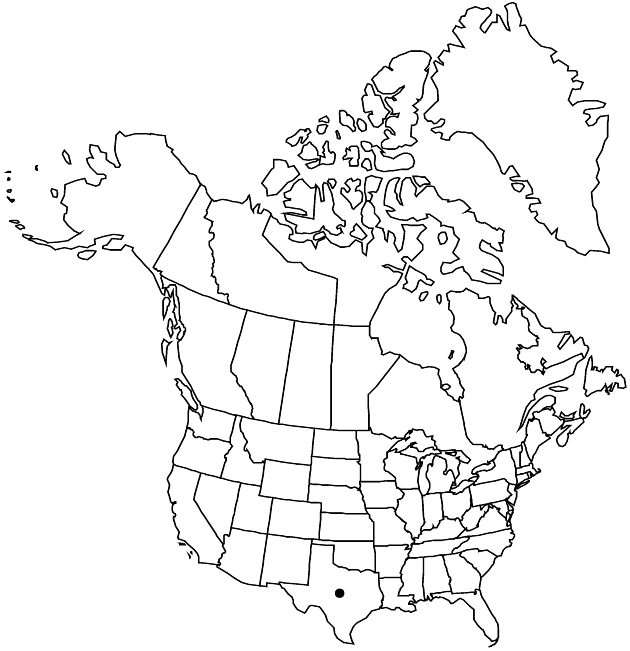Difference between revisions of "Packera millelobata"
Phytologia 49: 47. 1981.
FNA>Volume Importer |
imported>Volume Importer |
||
| (5 intermediate revisions by 2 users not shown) | |||
| Line 8: | Line 8: | ||
}} | }} | ||
|common_names=Uinta ragwort | |common_names=Uinta ragwort | ||
| − | |basionyms={{Treatment/ID/ | + | |basionyms={{Treatment/ID/Basionym |
|name=Senecio millelobatus | |name=Senecio millelobatus | ||
|authority=Rydberg | |authority=Rydberg | ||
| + | |rank=species | ||
| + | |publication_title=Bull. Torrey Bot. Club | ||
| + | |publication_place=27: 171, plate 5, fig. 11. 1900 | ||
}} | }} | ||
|synonyms= | |synonyms= | ||
| Line 36: | Line 39: | ||
-->{{#Taxon: | -->{{#Taxon: | ||
name=Packera millelobata | name=Packera millelobata | ||
| − | |||
|authority=(Rydberg) W. A. Weber & Á. Löve | |authority=(Rydberg) W. A. Weber & Á. Löve | ||
|rank=species | |rank=species | ||
| Line 51: | Line 53: | ||
|publication year=1981 | |publication year=1981 | ||
|special status= | |special status= | ||
| − | |source xml=https:// | + | |source xml=https://bitbucket.org/aafc-mbb/fna-data-curation/src/2e0870ddd59836b60bcf96646a41e87ea5a5943a/coarse_grained_fna_xml/V19-20-21/V20_1322.xml |
|tribe=Asteraceae tribe Senecioneae | |tribe=Asteraceae tribe Senecioneae | ||
|genus=Packera | |genus=Packera | ||
Latest revision as of 20:00, 5 November 2020
Perennials, 30–50+ cm; taprooted or ± rhizomatous (bases weakly creeping, horizontal to erect). Stems 1 or 2–5+, loosely clustered, glabrous or leaf axils sparsely tomentose. Basal leaves (and proximal cauline) petiolate; blades narrowly lanceolate (pinnatifid, lateral lobes 6+ pairs, their bases petioluliform, terminal lobes smaller than laterals), 60–100 × 10–20 mm, bases tapering, ultimate margins dentate. Cauline leaves gradually reduced (sessile). Heads 6–20+ in corymbiform arrays. Peduncles bracteate or ebracteate, glabrous. Calyculi inconspicuous. Phyllaries (13–)21, green (tips yellow), 4–6+ mm, glabrous. Ray florets (8–)13; corolla laminae 8–10+ mm. Disc florets 40–55+; corolla tubes 2–3 mm, limbs 2–3 mm. Cypselae 1–1.5 mm, hirtellous on ribs; pappi 3.5–4.5 mm.
Phenology: Flowering late Mar–early Jun.
Habitat: Streambeds, openings in wooded areas on limestone-derived soils or on igneous-derived soils that are damp during growing season
Elevation: 1400–2100 m
Distribution

Tex., Mexico (Chihuahua, Coahuila).
Discussion
In the flora area, Packera millelobata occurs only in the trans-Pecos region of western Texas. It has been confused with P. tampicana. Their ranges overlap along the Rio Grande; P. millelobata has leaves with narrow terminal lobes; P. tampicana has terminal lobes as wide as the leaf blade. In addition, P. tampicana is annual with pronounced taproots; P. millelobata is perennial with taprooted caudices.
Selected References
None.